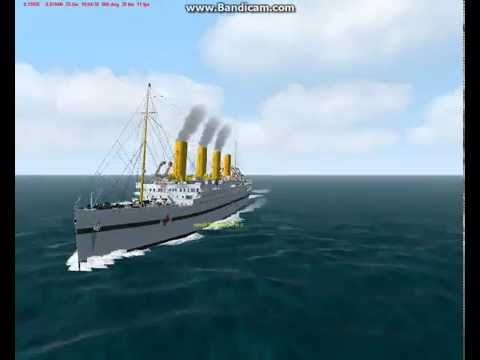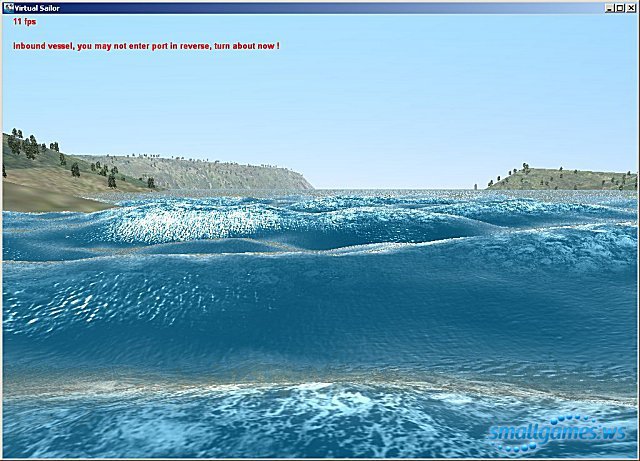


The ship began its fateful voyage on November 7, 1872, sailing with seven crewmen and Capt.

"I love the idea of mysteries, but you should always revisit these things using knowledge that has since come to light," says Anne MacGregor, the documentarian who launched the investigation and wrote, directed and produced The True Story of the 'Mary Celeste,' partly with funding from Smithsonian Networks. Now, a new investigation, drawing on modern maritime technology and newly discovered documents, has pieced together the most likely scenario. Arthur Conan Doyle's 1884 short story based on the case posited a capture by a vengeful ex-slave, a 1935 movie featured Bela Lugosi as a homicidal sailor. Theories have ranged from mutiny to pirates to sea monsters to killer waterspouts. Thus was born one of the most durable mysteries in nautical history: What happened to the ten people who had sailed aboard the Mary Celeste? Through the decades, a lack of hard facts has only spurred speculation as to what might have taken place. There was a six-month supply of food and water-but not a soul to consume it. Three and a half feet of water was sloshing in the ship's bottom, though the cargo of 1,701 barrels of industrial alcohol was largely intact. The ship's only lifeboat was missing, and one of its two pumps had been disassembled. Belowdecks, the ship's charts had been tossed about, and the crewmen's belongings were still in their quarters. Morehouse sent a boarding party to the ship. David Morehouse was taken aback to discover that the unguided vessel was the Mary Celeste, which had left New York City eight days before him and should have already arrived in Genoa, Italy. The British brig Dei Gratia was about 400 miles east of the Azores on December 5, 1872, when crew members spotted a ship adrift in the choppy seas.


 0 kommentar(er)
0 kommentar(er)
